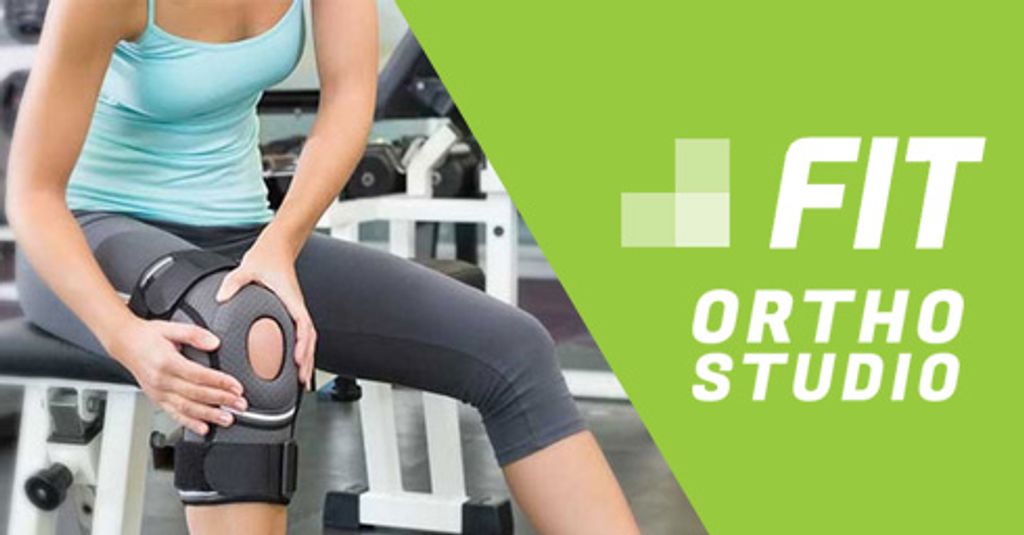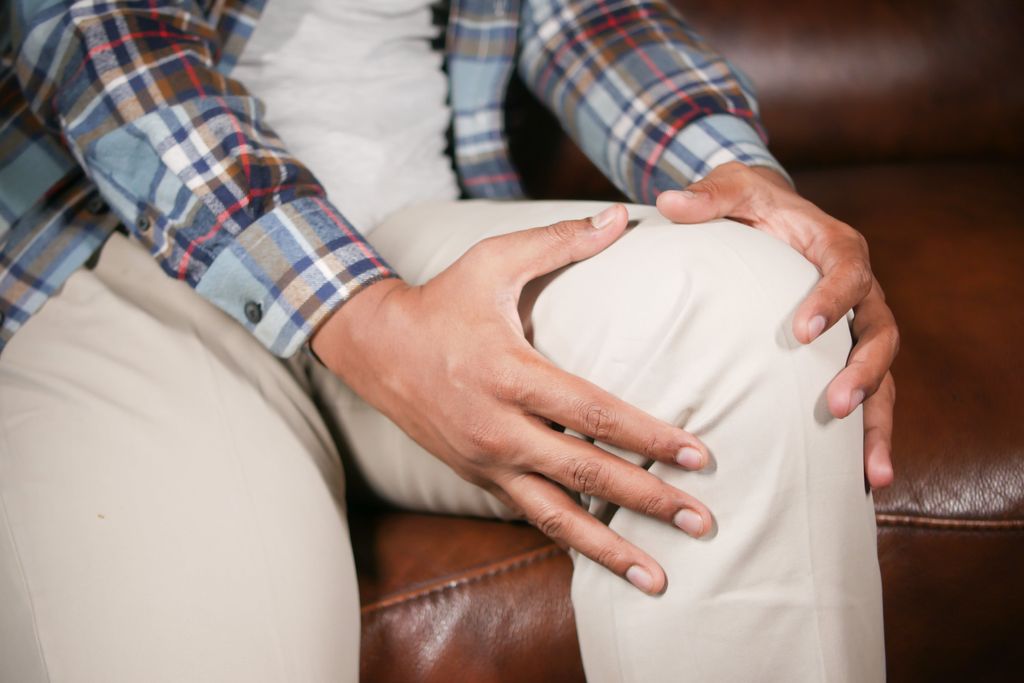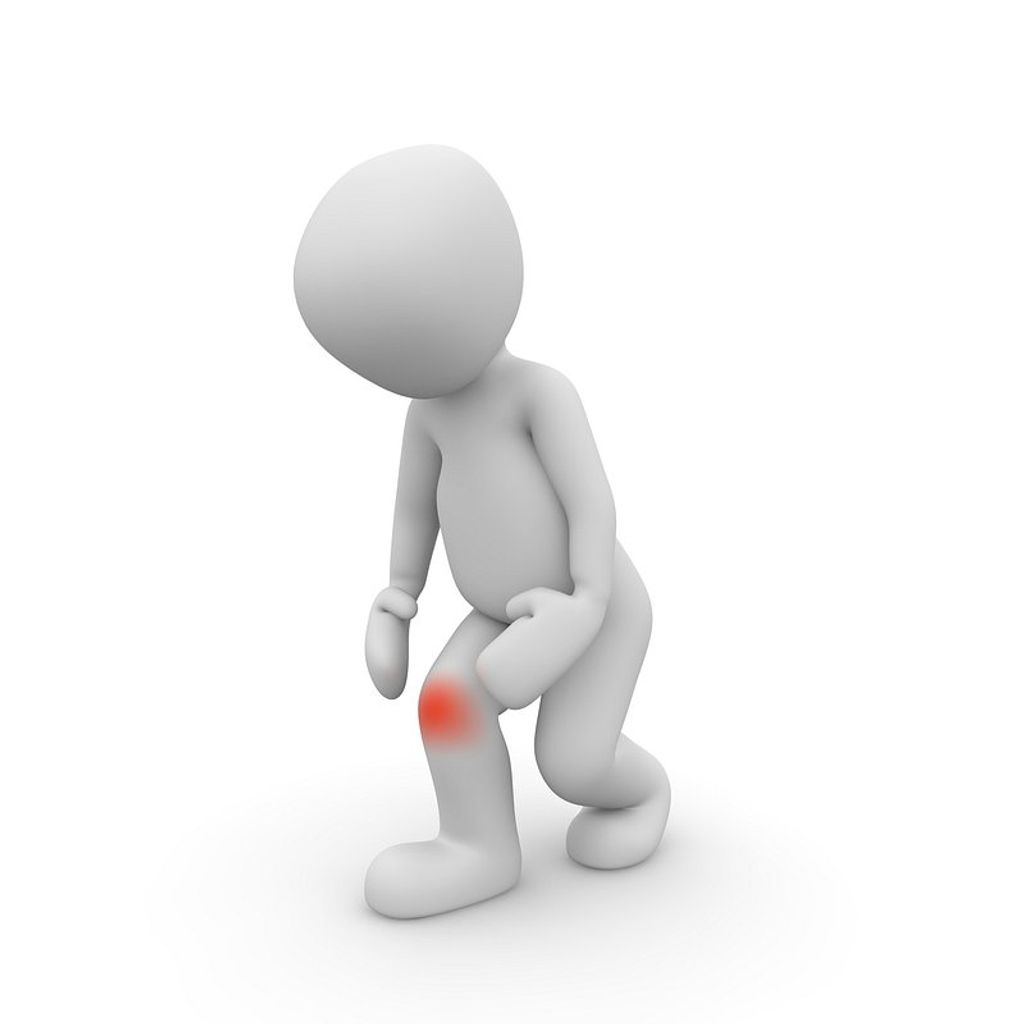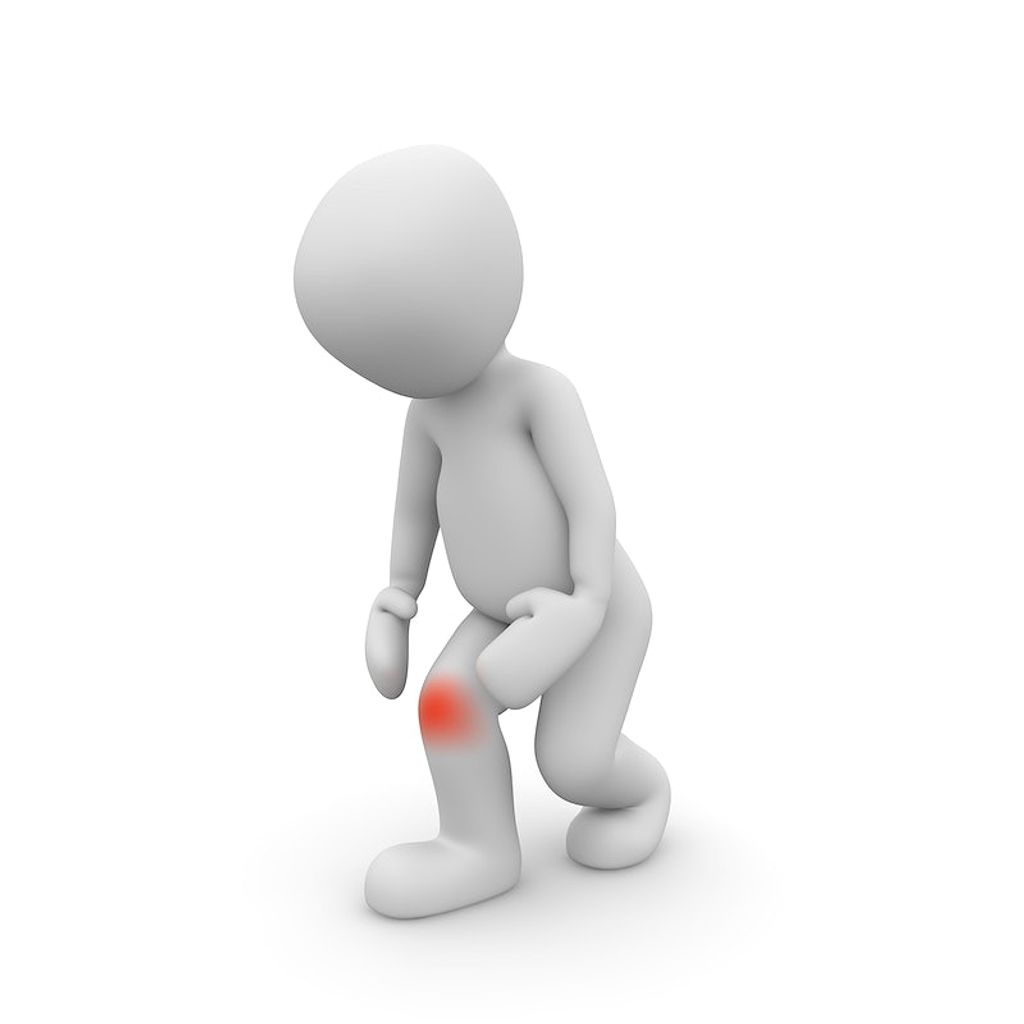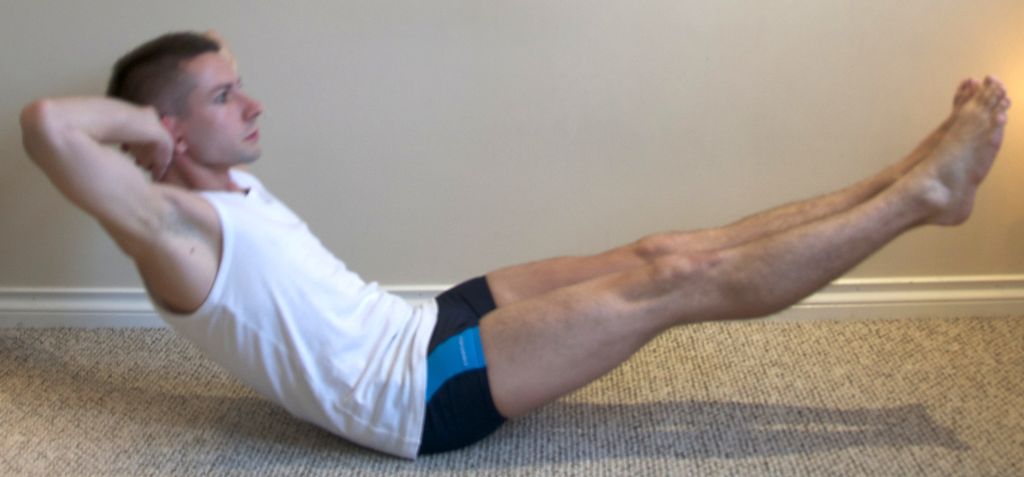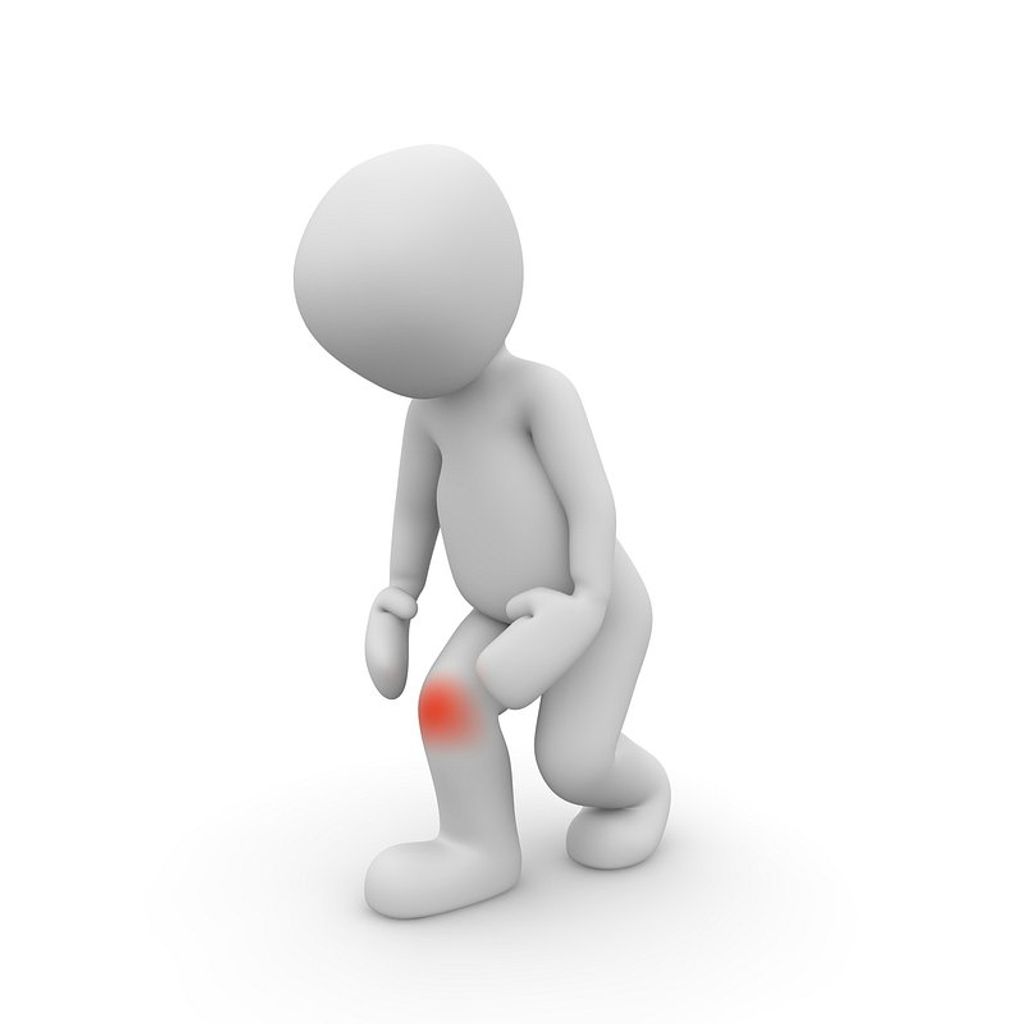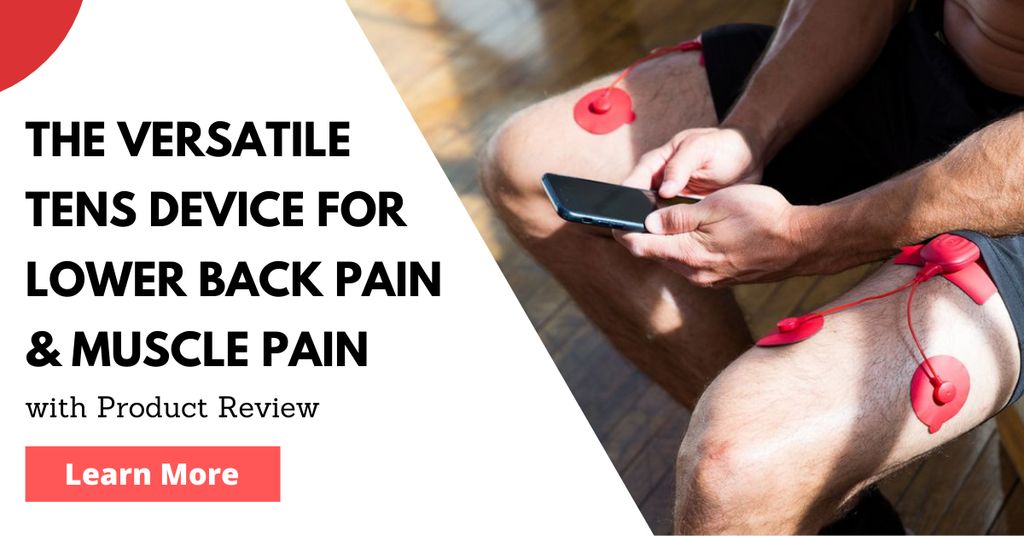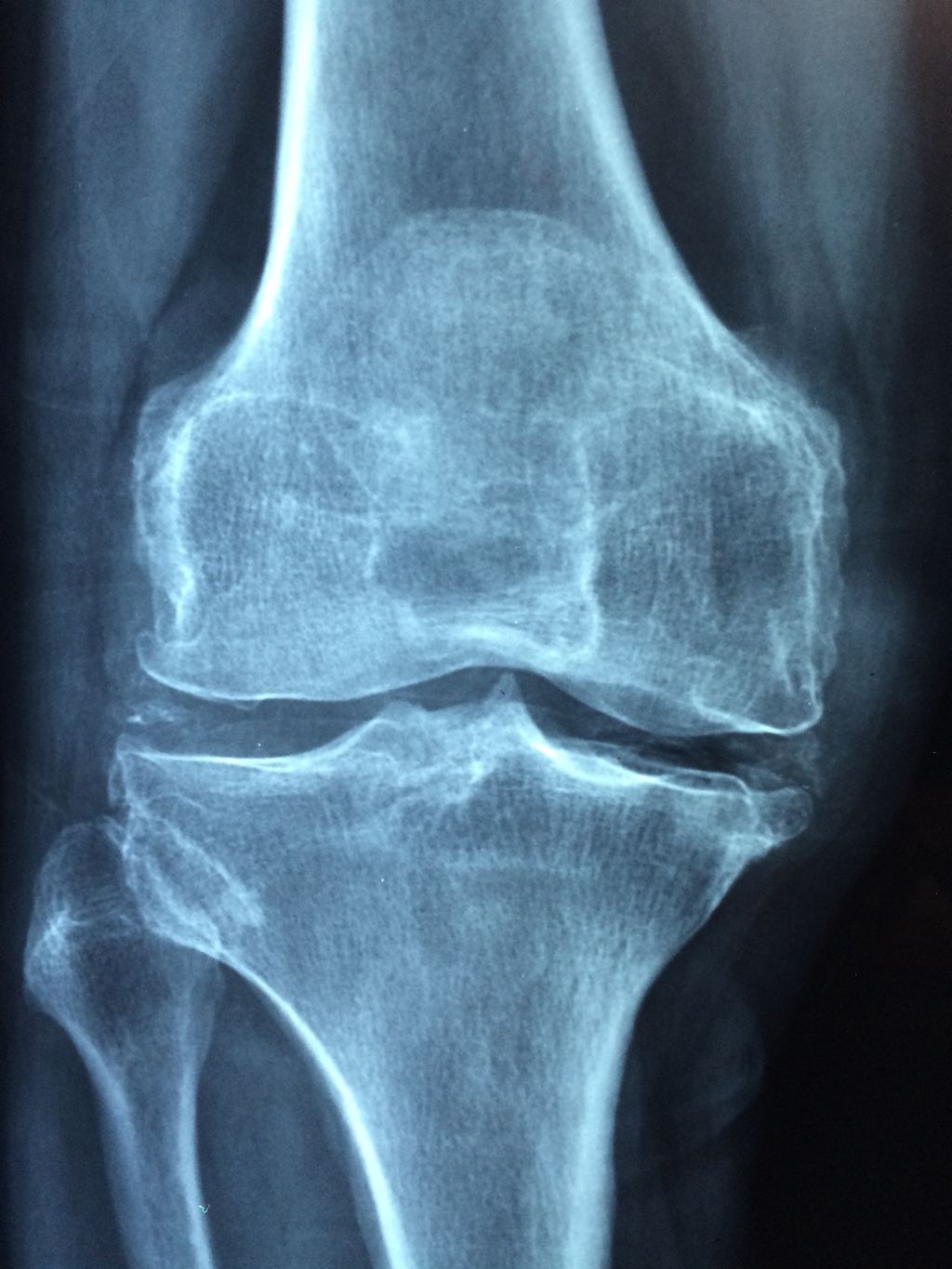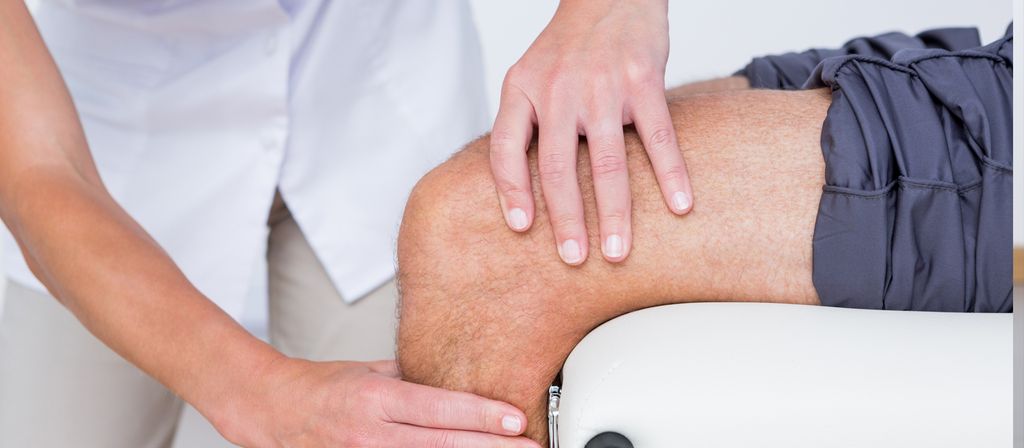Knee pain can be a debilitating condition that affects many individuals. Whether caused by injury, overuse, or underlying medical conditions, finding an effective treatment is crucial for restoring mobility and reducing pain. Physical therapy has emerged as a popular and effective treatment option for knee pain. Through a combination of non-invasive techniques and targeted exercises, physical therapy can help improve range of motion, strengthen the knee muscles, and alleviate pain. In this article, we will explore the benefits of physical therapy for knee pain, the different types of physical therapy available, how to choose a physical therapist, and what to expect during physical therapy.
Key Takeaways
- Physical therapy is a non-invasive treatment option for knee pain.
- It can help improve range of motion and strengthen the knee muscles.
- Manual therapy, therapeutic exercises, and electrical stimulation are common types of physical therapy for knee pain.
- When choosing a physical therapist, consider their credentials, experience, and patient reviews.
- During physical therapy, you can expect an initial assessment, a personalized treatment plan, and progress tracking.
Understanding Knee Pain
Common Causes of Knee Pain
Knee pain can be caused by a variety of factors, including injury, overuse, and age-related wear and tear. Injuries such as ligament tears or meniscus tears can lead to knee pain, as well as fractures or dislocations. Overuse of the knee joint, often seen in athletes or individuals who engage in repetitive activities, can also result in knee pain. Additionally, the natural aging process can cause the cartilage in the knee to deteriorate, leading to pain and discomfort.
It is important to note that knee pain can also be a symptom of underlying medical conditions such as arthritis, bursitis, or tendonitis. These conditions can cause inflammation and swelling in the knee joint, resulting in pain and limited mobility.
To better understand the cause of knee pain, a thorough physical examination and medical history review may be necessary. Diagnostic tests such as X-rays, MRI scans, or ultrasounds may also be used to assess the condition of the knee joint and identify any underlying issues.
Symptoms of Knee Pain
Symptoms of knee pain can vary depending on the underlying cause. Pain is the most common symptom, which can range from mild to severe. Other symptoms may include swelling, stiffness, redness, and warmth around the knee joint. Some individuals may also experience difficulty walking or bearing weight on the affected knee. It is important to consult a healthcare professional if you experience persistent or worsening knee pain, as it may indicate a more serious condition.
Here is a table summarizing the common symptoms of knee pain:
| Symptom | Description |
|---|---|
| Pain | Aching or sharp pain in the knee joint |
| Swelling | Excess fluid buildup around the knee |
| Stiffness | Difficulty moving the knee joint |
| Redness | Inflammation or discoloration of the skin |
| Warmth | Increased temperature around the knee |
Tip: Applying ice packs and elevating the leg can help reduce swelling and alleviate pain in the knee.
Diagnosing Knee Pain
Diagnosing knee pain is a crucial step in determining the underlying cause and developing an effective treatment plan. Medical history and physical examination are the initial steps in the diagnostic process. The healthcare provider will ask about the onset, duration, and intensity of the pain, as well as any previous injuries or medical conditions. They will also perform a physical examination, assessing the range of motion, stability, and strength of the knee. Imaging tests such as X-rays, MRI, or CT scans may be ordered to get a detailed view of the knee structures and identify any abnormalities.
In some cases, additional diagnostic procedures may be necessary. Arthroscopy is a minimally invasive procedure that allows the healthcare provider to directly visualize the inside of the knee joint and diagnose any internal injuries or conditions. Joint aspiration involves removing a small amount of fluid from the knee joint for analysis, which can help identify infections or inflammatory conditions.
It is important to consult a healthcare professional for an accurate diagnosis and appropriate treatment plan for knee pain.
Benefits of Physical Therapy
Non-Invasive Treatment Option
Physical therapy is a non-invasive and conservative treatment option for knee pain. It focuses on improving the function and mobility of the knee joint without the need for surgery or medication. Physical therapists use a variety of techniques and exercises to reduce pain, increase range of motion, and strengthen the knee muscles.
One of the main benefits of physical therapy is that it is customized to each individual’s specific needs. The therapist will assess the patient’s condition and develop a personalized treatment plan that may include manual therapy, therapeutic exercises, and electrical stimulation.
In addition to reducing pain and improving mobility, physical therapy can also help prevent future knee injuries. By strengthening the muscles around the knee joint and improving balance and stability, physical therapy can reduce the risk of further damage or pain.
If you are experiencing knee pain, consider physical therapy as a non-invasive and effective treatment option. Consult with a qualified physical therapist to develop a personalized treatment plan that addresses your specific needs and goals.
Improving Range of Motion
Improving range of motion is a key goal of physical therapy for knee pain. Range of motion refers to the ability to move the knee joint through its full range without pain or stiffness. Physical therapists use various techniques and exercises to help patients regain and improve their range of motion.
One technique commonly used is passive range of motion exercises, where the therapist moves the patient’s knee joint for them. This helps to gently stretch the muscles and tissues surrounding the knee, promoting flexibility and reducing stiffness.
Another technique is active range of motion exercises, where the patient actively moves their knee joint on their own. These exercises help to strengthen the muscles around the knee and improve joint mobility.
In addition to exercises, physical therapists may also use manual therapy techniques such as joint mobilizations and soft tissue mobilizations to further improve range of motion. These techniques involve hands-on manipulation of the knee joint and surrounding tissues to reduce pain, increase flexibility, and enhance overall function.
Improving range of motion is crucial for individuals with knee pain as it allows them to perform daily activities with greater ease and reduces the risk of further injury. It is important to work closely with a physical therapist to develop a personalized treatment plan that targets range of motion improvement.
Strengthening the Knee Muscles
Strengthening the knee muscles is a crucial aspect of physical therapy for knee pain. Strong muscles around the knee joint provide stability and support, reducing the risk of further injury. Physical therapists use a variety of exercises to target the specific muscles that support the knee, such as the quadriceps, hamstrings, and calf muscles.
One effective exercise for strengthening the knee muscles is the leg press. This exercise involves pushing against resistance with the legs, which helps build strength in the quadriceps. Another exercise is the hamstring curl, which targets the hamstrings at the back of the thigh. These exercises can be performed using weight machines or resistance bands.
In addition to targeted exercises, physical therapists may also incorporate functional exercises into the treatment plan. These exercises mimic everyday movements and activities to improve overall knee function. Examples include squats, lunges, and step-ups.
It is important to follow the guidance of a qualified physical therapist when performing these exercises to ensure proper form and prevent injury. Regular practice and gradual progression of exercises can lead to significant improvements in knee strength and function.
Types of Physical Therapy for Knee Pain
Manual Therapy
Manual therapy is a hands-on approach used by physical therapists to treat knee pain. It involves the therapist using their hands to manipulate and mobilize the knee joint and surrounding tissues. This technique can help reduce pain, improve flexibility, and increase range of motion. Manual therapy techniques may include joint mobilization, soft tissue mobilization, and muscle stretching.
One common manual therapy technique is joint mobilization, where the therapist gently moves the knee joint in specific directions to improve its mobility. Another technique is soft tissue mobilization, which involves applying pressure to the muscles and connective tissues around the knee to release tension and promote healing. Muscle stretching is also often incorporated into manual therapy sessions to improve flexibility and reduce muscle tightness.
In addition to these techniques, physical therapists may also use electrical stimulation to complement manual therapy. Electrical stimulation involves the use of low-level electrical currents to stimulate the muscles and promote pain relief and healing. This technique can be particularly beneficial for individuals with chronic knee pain or muscle weakness.
Therapeutic Exercises
Therapeutic exercises are an essential component of physical therapy for knee pain. These exercises are designed to strengthen the muscles around the knee joint and improve stability. They can also help to improve flexibility and range of motion in the knee. Therapeutic exercises may include a combination of stretching, strengthening, and balance exercises.
One common therapeutic exercise for knee pain is the straight leg raise. This exercise involves lying on your back and lifting one leg off the ground while keeping it straight. It helps to strengthen the quadriceps muscles, which are important for knee stability. Another exercise is the heel slide, which involves sliding the heel along the ground towards the buttocks. This exercise helps to improve knee flexion and range of motion.
In addition to these exercises, physical therapists may also use therapeutic modalities such as heat or cold therapy, ultrasound, or electrical stimulation to help reduce pain and inflammation in the knee.
It is important to consult with a physical therapist before starting any therapeutic exercises for knee pain. They can assess your condition and create a personalized exercise program that is safe and effective for you.
Electrical Stimulation
Electrical stimulation is a commonly used technique in physical therapy for treating knee pain. It involves the use of electrical currents to stimulate the nerves and muscles around the knee. This technique can help reduce pain and improve muscle strength and function. During electrical stimulation, electrodes are placed on the skin near the knee, and a small electrical current is applied. This current stimulates the nerves, causing muscle contractions and promoting blood flow to the area.
One of the benefits of electrical stimulation is its ability to target specific muscles and areas of the knee. It can be used to strengthen weak muscles and improve muscle coordination. Additionally, electrical stimulation can help reduce swelling and inflammation in the knee joint.
In some cases, electrical stimulation may be used in combination with other physical therapy techniques, such as therapeutic exercises and manual therapy. The specific treatment plan will depend on the individual’s condition and goals. It is important to work with a qualified physical therapist who can determine the most appropriate use of electrical stimulation for each patient.
Overall, electrical stimulation is a valuable tool in the treatment of knee pain. It can help reduce pain, improve muscle strength, and promote healing in the knee joint.
Choosing a Physical Therapist
Credentials and Experience
When choosing a physical therapist, it is important to consider their credentials and experience. Look for a therapist who is licensed and has completed the necessary education and training. Additionally, consider their experience in treating knee pain specifically. A therapist who has worked with many patients with knee pain will have a better understanding of the condition and how to effectively treat it.
In addition to credentials and experience, it can be helpful to read patient reviews and testimonials. This can give you insight into the therapist’s approach, communication style, and success rate. Look for reviews from patients who had similar conditions or goals as you.
Insurance coverage is another important factor to consider when choosing a physical therapist. Check with your insurance provider to see if they cover physical therapy for knee pain and if there are any specific therapists or clinics they recommend. This can help ensure that you receive the necessary treatment without incurring excessive out-of-pocket costs.
Patient Reviews and Testimonials
Patient reviews and testimonials are an important factor to consider when choosing a physical therapist. Hearing about other patients’ experiences can provide valuable insight into the quality of care and the effectiveness of the treatment. Positive reviews can give you confidence in the therapist’s abilities and their track record of helping patients with knee pain. Negative reviews should also be taken into account, as they may highlight any potential issues or concerns.
It’s a good idea to look for reviews from patients who had similar conditions or goals as yours. This can give you a better understanding of how the therapist may be able to help you specifically. Additionally, consider the overall rating and the number of reviews. A therapist with a high rating and a significant number of reviews is more likely to have a reliable reputation.
Here are a few key points to consider when evaluating patient reviews and testimonials:
- Look for reviews that mention improvements in pain levels, mobility, and overall function.
- Pay attention to any comments about the therapist’s communication skills and bedside manner.
- Consider the length of time the patient received treatment and the frequency of sessions.
Tip: Don’t solely rely on online reviews. It’s also helpful to ask for recommendations from your healthcare provider or friends and family who have undergone physical therapy for knee pain.
Insurance Coverage
When choosing a physical therapist, it is important to consider their credentials and experience. Look for therapists who are licensed and have specialized training in treating knee pain. Additionally, it is helpful to read patient reviews and testimonials to get an idea of the therapist’s effectiveness and patient satisfaction.
Another important factor to consider is insurance coverage. Check with your insurance provider to see if physical therapy for knee pain is covered under your plan. Some insurance plans may require a referral from a primary care physician or have limitations on the number of sessions covered.
It is also worth noting that while insurance coverage is important, it should not be the sole determining factor in choosing a physical therapist. The quality of care and the therapist’s expertise should be the primary considerations.
What to Expect During Physical Therapy
Initial Assessment
During the initial assessment, the physical therapist will evaluate your knee pain and assess your overall physical condition. They will ask you about your medical history, any previous injuries, and your current symptoms. Important information such as the location and intensity of the pain, any swelling or stiffness, and any limitations in movement will be noted. The therapist may also perform specific tests to determine the cause of your knee pain.
After the assessment, the therapist will create a personalized treatment plan tailored to your specific needs. This plan may include a combination of manual therapy, therapeutic exercises, and electrical stimulation. The therapist will explain the goals of each treatment and what you can expect during the sessions.
Throughout the course of physical therapy, your progress will be tracked and monitored. The therapist will regularly assess your range of motion, strength, and pain levels to determine the effectiveness of the treatment. Adjustments to the treatment plan may be made based on your progress and any changes in your condition.
Treatment Plan
Once the initial assessment is complete, a personalized treatment plan will be developed for the patient. The treatment plan will outline the specific goals and objectives of the physical therapy sessions. It may include a combination of therapeutic exercises, manual therapy, and electrical stimulation. The frequency and duration of the sessions will be determined based on the severity of the knee pain and the patient’s progress. The physical therapist will closely monitor the patient’s response to the treatment plan and make any necessary adjustments to ensure optimal results.
In addition to the in-clinic sessions, the treatment plan may also include home exercises and self-care techniques that the patient can perform on their own to complement the therapy sessions. These exercises and techniques are designed to reinforce the progress made during the in-clinic sessions and promote long-term recovery.
It is important for the patient to follow the treatment plan consistently and communicate any concerns or difficulties to the physical therapist. Compliance with the treatment plan is crucial for achieving the desired outcomes and maximizing the benefits of physical therapy for knee pain.
Progress Tracking
During physical therapy for knee pain, progress tracking is an essential component of the treatment process. It allows the physical therapist to monitor the patient’s improvement and make necessary adjustments to the treatment plan. Measurable goals are set at the beginning of the therapy, such as increasing range of motion or reducing pain levels. These goals serve as benchmarks to track the progress over time.
To track progress, the physical therapist may use various methods, including functional assessments and outcome measures. Functional assessments evaluate the patient’s ability to perform specific tasks related to knee function, such as walking or climbing stairs. Outcome measures are standardized questionnaires or scales that assess the patient’s subjective experience of pain, function, and quality of life.
Regular progress tracking allows the physical therapist to determine the effectiveness of the treatment and make any necessary modifications. It also provides motivation and encouragement to the patient as they see their progress and achievements. By closely monitoring the progress, the physical therapist can ensure that the therapy is on track and make adjustments as needed to optimize the outcomes.
Conclusion
In conclusion, physical therapy is a highly effective treatment for knee pain. Through a combination of exercises, manual therapy, and education, physical therapists help patients reduce pain, improve mobility, and regain function. With its evidence-based approach and personalized treatment plans, physical therapy offers a non-invasive and long-lasting solution for individuals suffering from knee pain. Don’t let knee pain limit your life, seek the expertise of a physical therapist today!
Frequently Asked Questions
How long does physical therapy for knee pain usually last?
The duration of physical therapy for knee pain can vary depending on the severity of the condition and the individual’s response to treatment. In general, a course of physical therapy can last anywhere from a few weeks to several months.
Will physical therapy completely eliminate my knee pain?
Physical therapy can be highly effective in reducing knee pain and improving function, but the extent of pain relief can vary from person to person. In some cases, physical therapy may completely eliminate knee pain, while in others it may provide significant relief but not eliminate it entirely.
Can physical therapy prevent the need for surgery?
In some cases, physical therapy can help prevent the need for surgery by effectively treating the underlying cause of knee pain. However, this is not always the case, and the decision to pursue surgery ultimately depends on the specific condition and the individual’s response to conservative treatments like physical therapy.
What types of exercises are typically included in physical therapy for knee pain?
Physical therapy for knee pain often includes a combination of strengthening exercises, flexibility exercises, and functional exercises. Strengthening exercises may focus on the muscles around the knee, such as the quadriceps and hamstrings, while flexibility exercises aim to improve the range of motion. Functional exercises help improve the ability to perform daily activities and movements.
Is physical therapy painful?
Physical therapy for knee pain should not be painful. The therapist will work with you to ensure that exercises and treatments are within your comfort level. While some discomfort or mild soreness may be experienced during and after therapy sessions, it should not be excessive or cause severe pain. If you experience any pain or discomfort, it is important to communicate with your therapist.
How soon can I expect to see results from physical therapy for knee pain?
The timeline for seeing results from physical therapy for knee pain can vary depending on the individual and the specific condition being treated. Some people may experience improvement in pain and function within a few sessions, while others may require several weeks or months of consistent therapy before significant results are achieved. It is important to be patient and committed to the therapy process for optimal outcomes.
